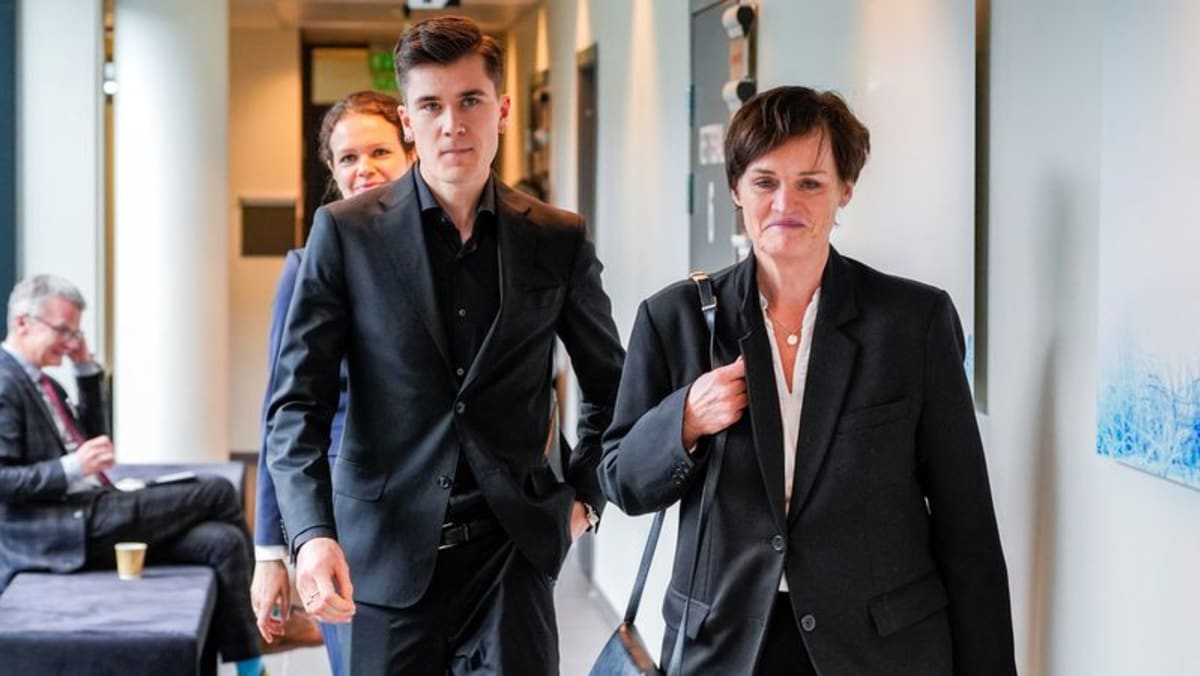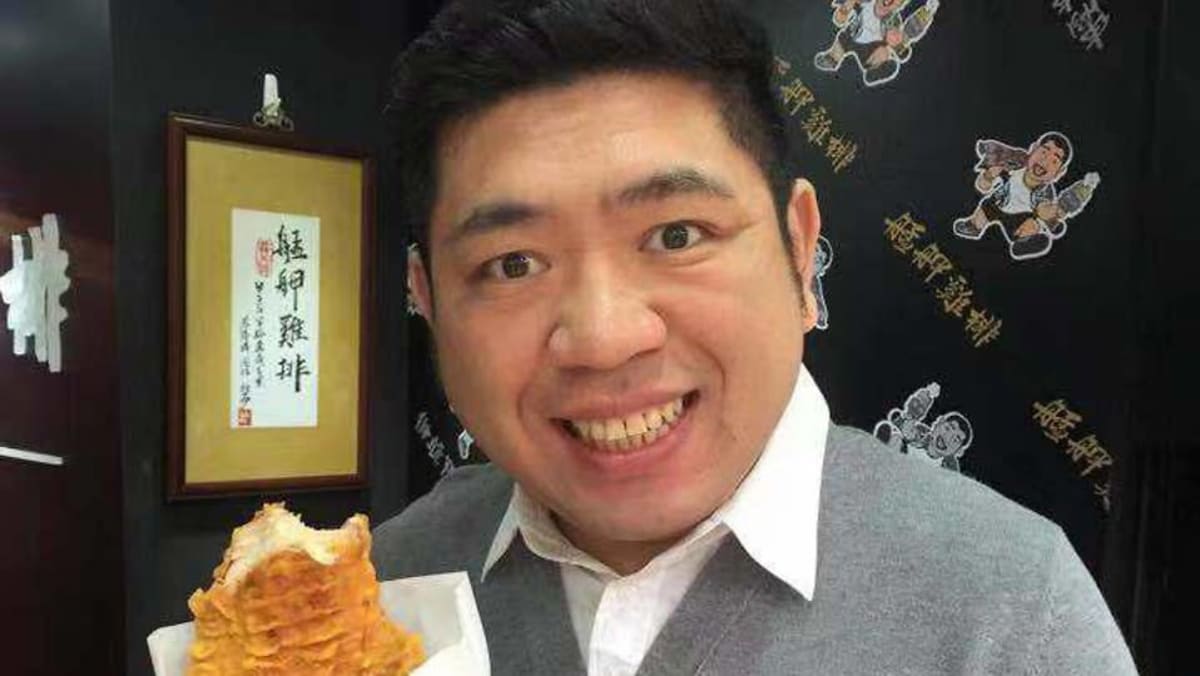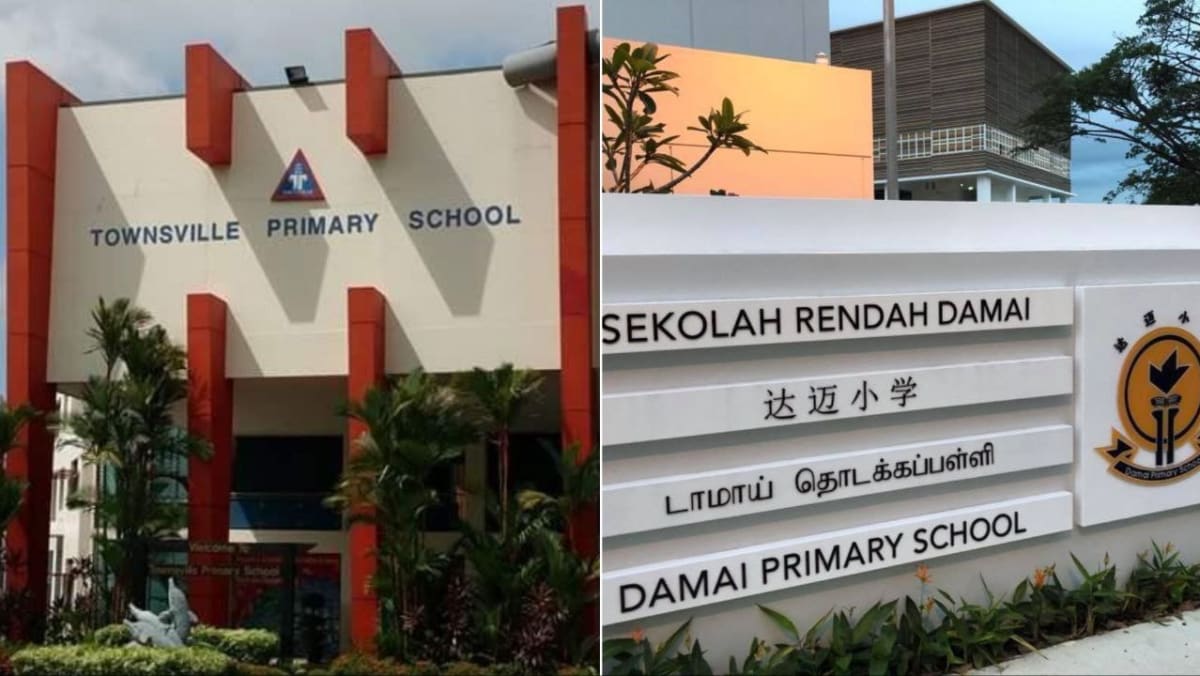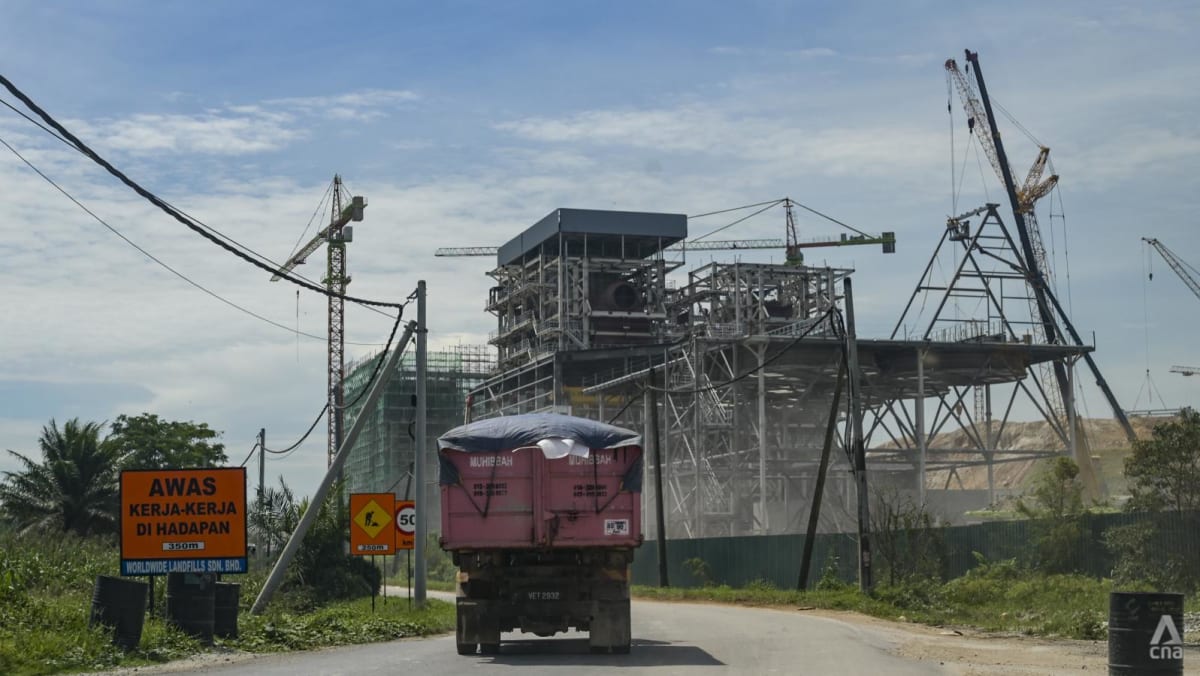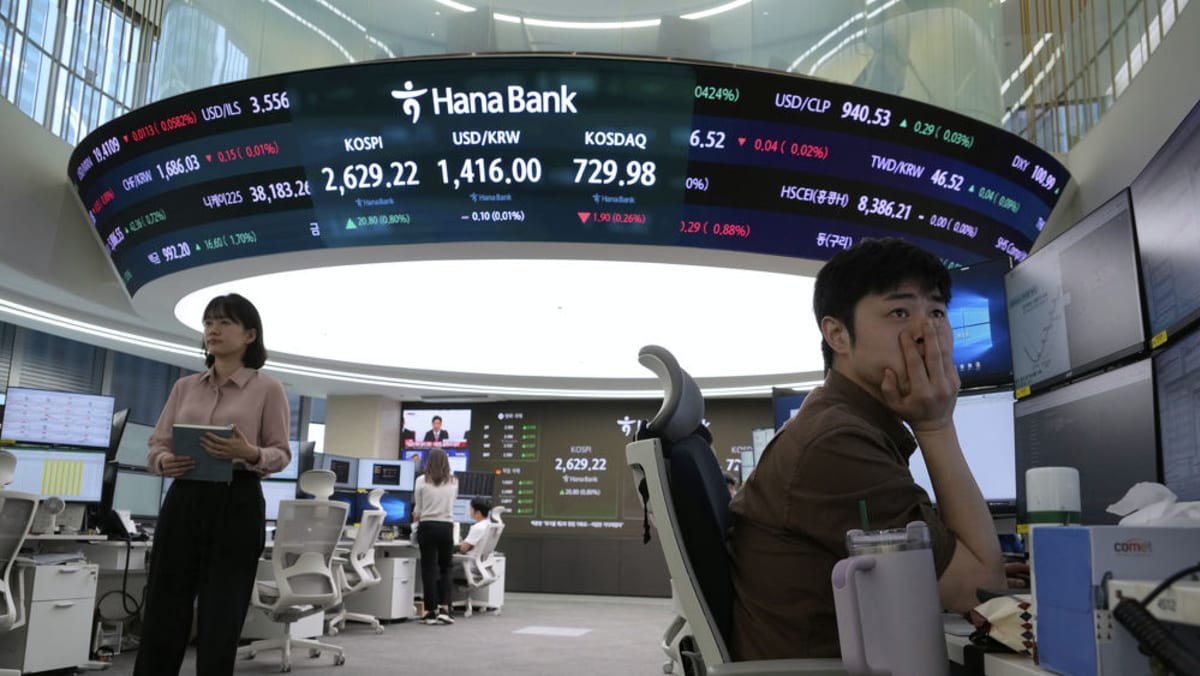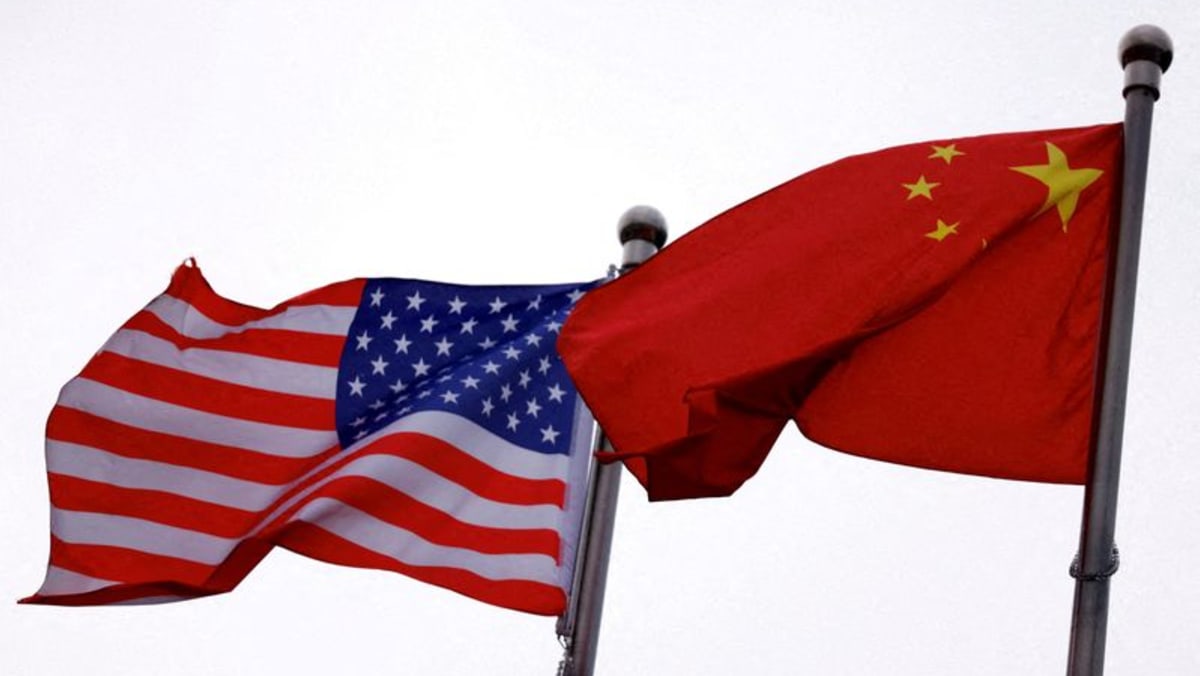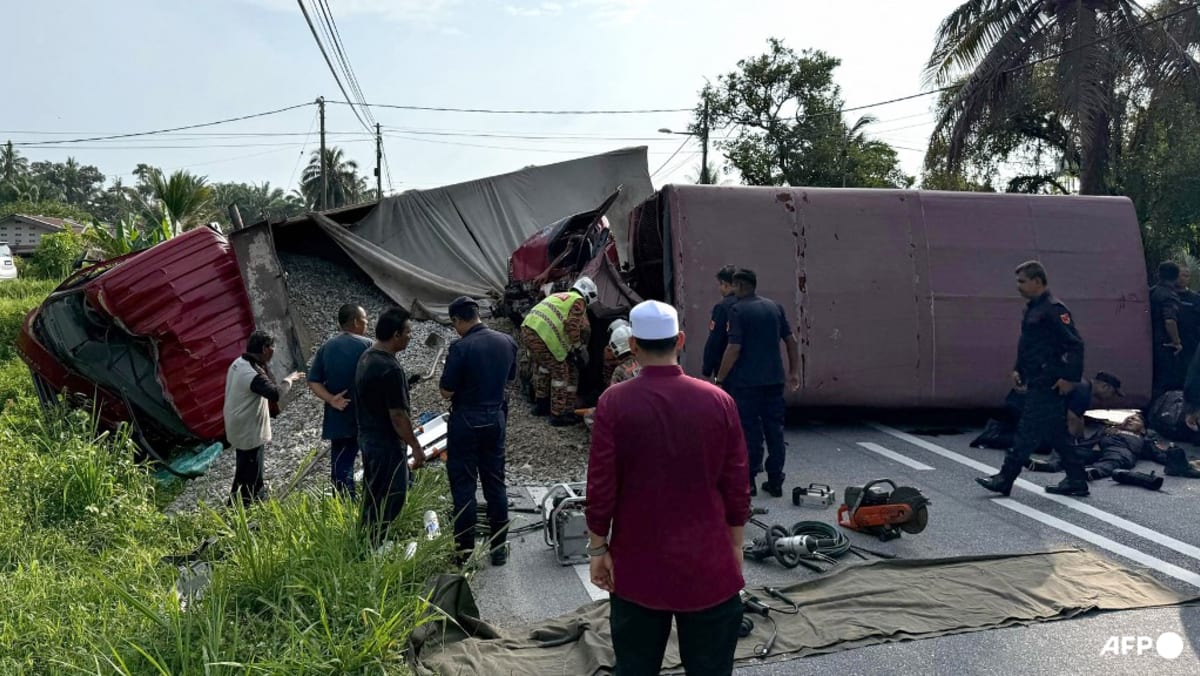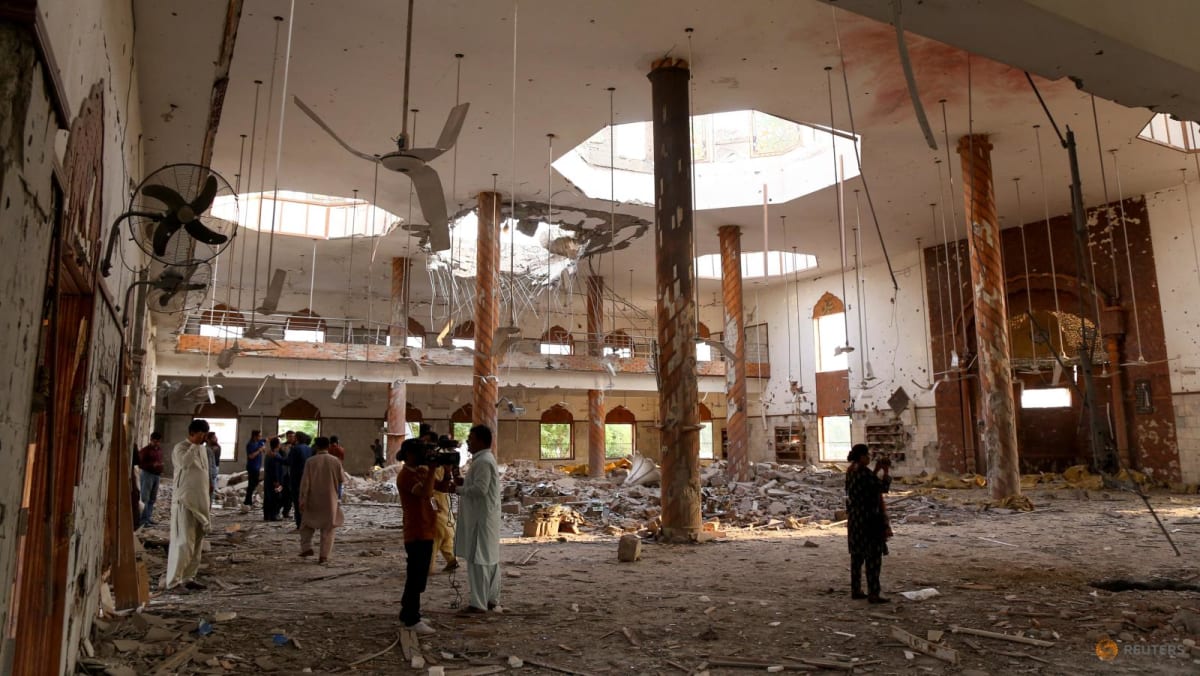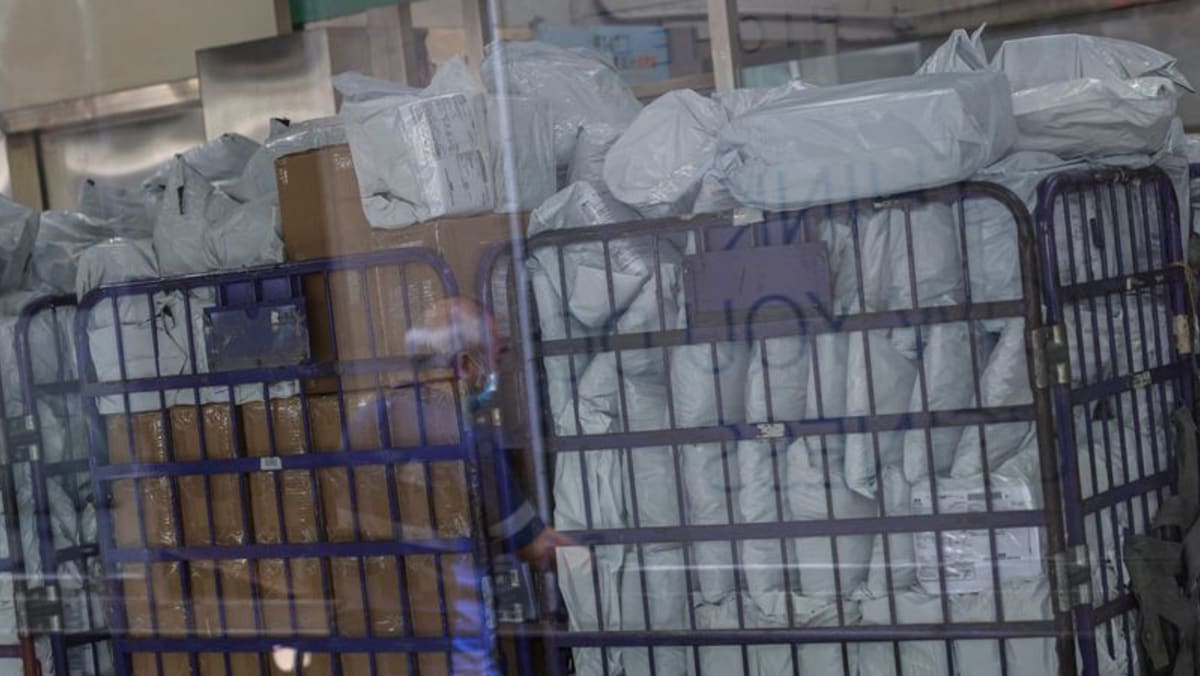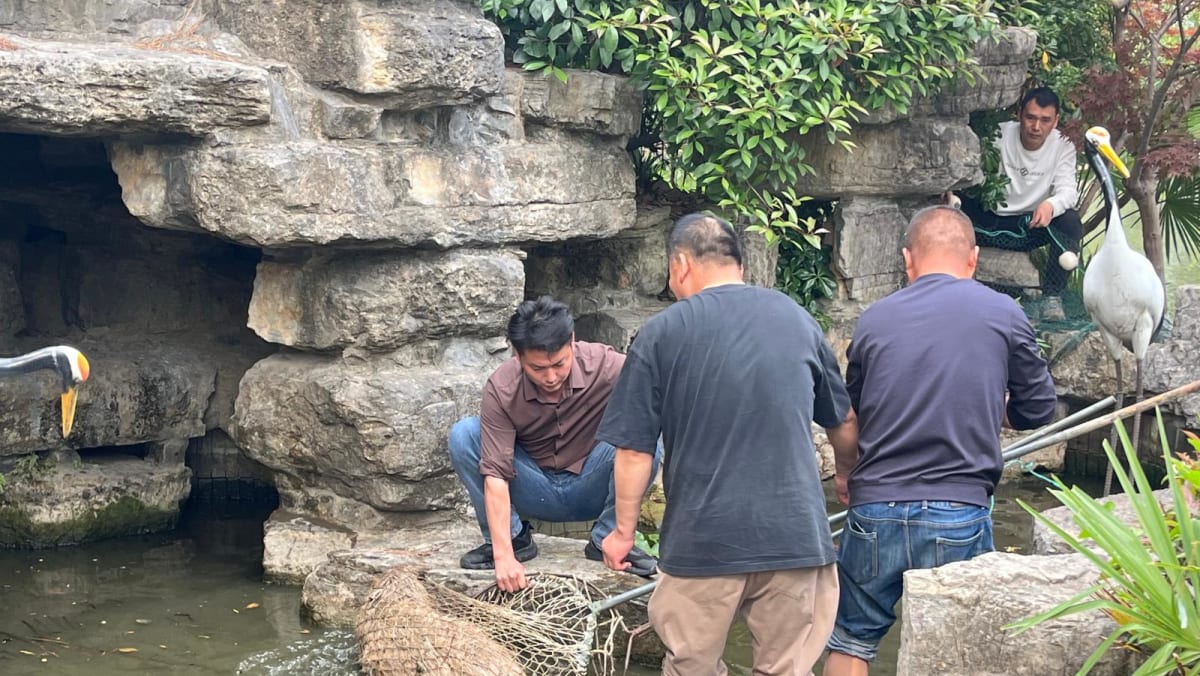Theng said that while a landfill buries waste, it doesn’t eliminate problems entirely.
“It’s underneath and you don’t see it but it will remain there for thousands of years. With an incinerator, there will be ash as a by-product but the volume is reduced by 90 per cent, depending on the technology,” he said, pointing to the likes of Singapore which has four WTE plants, the first of which began operating back in 1979.
Singapore’s plants are all in industrial areas, with three located in Tuas and one in Senoko.
The ash and non-incinerable waste like sludge are then placed in the Semakau landfill, which is located about 8km south of Singapore and expected to reach capacity by 2035.
The Singapore government has said that there are ongoing efforts to extend the lifespan of the landfill beyond 2035, as well as research and development into repurposing waste residues such as incineration ash.
For instance, it is studying whether landfilled incineration ash and non-incinerable waste from Semakau landfill can be used as reclamation in the Tuas port project.
Meanwhile, the country has started to repurpose some incinerated ash into NewSand for the construction of non-structural concrete applications such as footpaths and benches.
WTE plants are gaining more traction in the region, with Indonesia announcing in March that it is set to develop 30 WTE plants in major cities across the country by 2029.
Thailand is also planning on adding more WTE plants in the country, with at least 25 operating in the country as of 2022.
There have been protests against the plants in these countries in the past, but the governments have had to push ahead with their WTE plans given that they face similar challenges on mounting waste as Malaysia.
According to Theng, if Malaysia’s landfills were reclaimed for future development, remediation costs would be necessary.
Remediating a former landfill involves restoring the site to a useable condition after it has been filled with waste and closed.
“You don’t factor in the opportunity costs that you cannot use or develop the land for, say for 100 years,” he said, referring to the lost potential and value of that land being unavailable for other development for a very long duration.
He also pointed out the significant suffering of communities near landfills, who often endure foul odours, increased vermin and pest populations, decreased property values, and the general degradation of their living environment.
Just weeks ago, it was reported that residents of Kampung Desa Makmur in Kota Tinggi, Johor, have been protesting the Batu Empat landfill, which they say has been causing severe odour pollution for almost 20 years.
In response, Johor’s Housing and Local Government Committee Mohd Jafni Md Shukor was reported to have urged the federal government to expedite the construction of a WTE plant at the Bukit Payong Sanitary Solid Waste Landfill near Batu Pahat.
Theng said that there was no single formula for waste management and one technology cannot apply to the whole country and that in order to operate a WTE sustainably, it must receive at least 500 tonnes of waste daily.
However, he hoped the government would explain the long-term financing model for the WTE plants, specifically whether it would involve a public-private partnership, especially as there were substantial costs in building them.
“How will the government close the financial gap? Will the consumers have to pay more for the waste management? This part has yet to be explained,” he said.
Seeram Ramakrishna, a professor at the National University of Singapore’s Department of Mechanical Engineering, told CNA that WTE plants are a “stepping stone” to deal with the whole issue of waste.
He said that compared to conventional landfills, WTE plants create value from waste by generating energy and that Singapore’s well-developed WTE infrastructure was initially a necessity due to its limited land availability.
He added that while WTEs offer a degree of progress through energy generation, it is crucial to ensure stringent emission controls.
“WTE facilities must guarantee that their emissions pose no threat to human health and that the released air is of high quality – this is a fundamental expectation,” he said.
